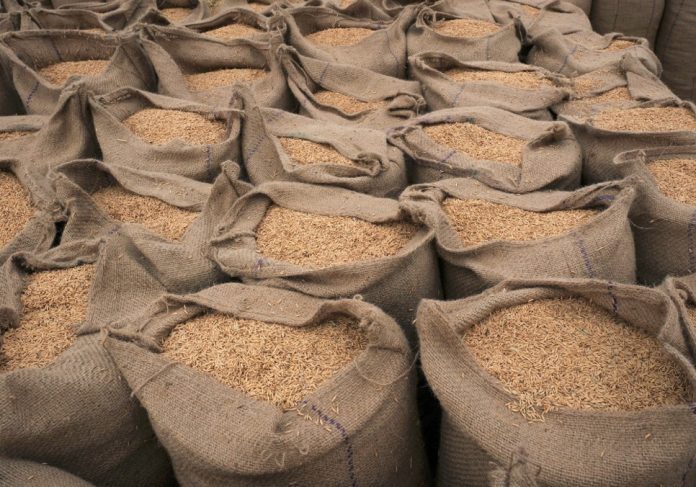News in brief: Global rice prices have surged to a 12-year high due to India’s ban on non-basmati rice exports, impacting international trade and raising concerns about food security. Adverse weather in countries like China has also contributed to the increase, and experts predict that prices might continue to rise due to potential export restrictions, stockpiling efforts and El Nino’s impact on production.
Global rice prices have reached their highest point in 12 years, according to recent reports.
Industry analysts blame India’s decision to ban non-basmati rice exports for the galloping because it is the world’s top rice exporter. The move had been to keep a cap on soaring food prices at home, while ensuring enough domestic supplies at affordable prices.
Accounting for more than 40% of international rice trade, Indiaâs ban comes at a time of seasonal low inventories in major global suppliers of rice.
Also, there have been adverse weather in countries like China, which impacted local production, increasing its dependence on imports and further compounding the global situation.
The Food and Agriculture Organization (FAO), in its latest report on All Rice Price Index for July 2023, noted a sharp rise of 2.8% in rice price to 129.7 point. This figure, the highest nominal value since September, 2011, represents a 19.7% increase compared to July 2022.
The food agency also noted that the highest price increase came from Thailand, another top exporter of rice. It added that Indiaâs export restriction raises substantial food security concerns for a significant portion of the world population.
Other concerns, according to the report, include the potential impact of El Nino on production in some suppliers and rain-induced interruptions and quality variability in Vietnamâs ongoing summer-autumn harvest. It could also affect Thailand and Pakistan, and we reported about the former cutting down on rice production already to save water.
Analysts believe the prices could climb higher in coming months. They say that the rise in prices could be exacerbated when countries begin stockpiling rice and implementing export restrictions for domestic food security.
Scientists concur with these projections, they say that the rice crop has the highest probability of simultaneous loss during an El Nino event.



